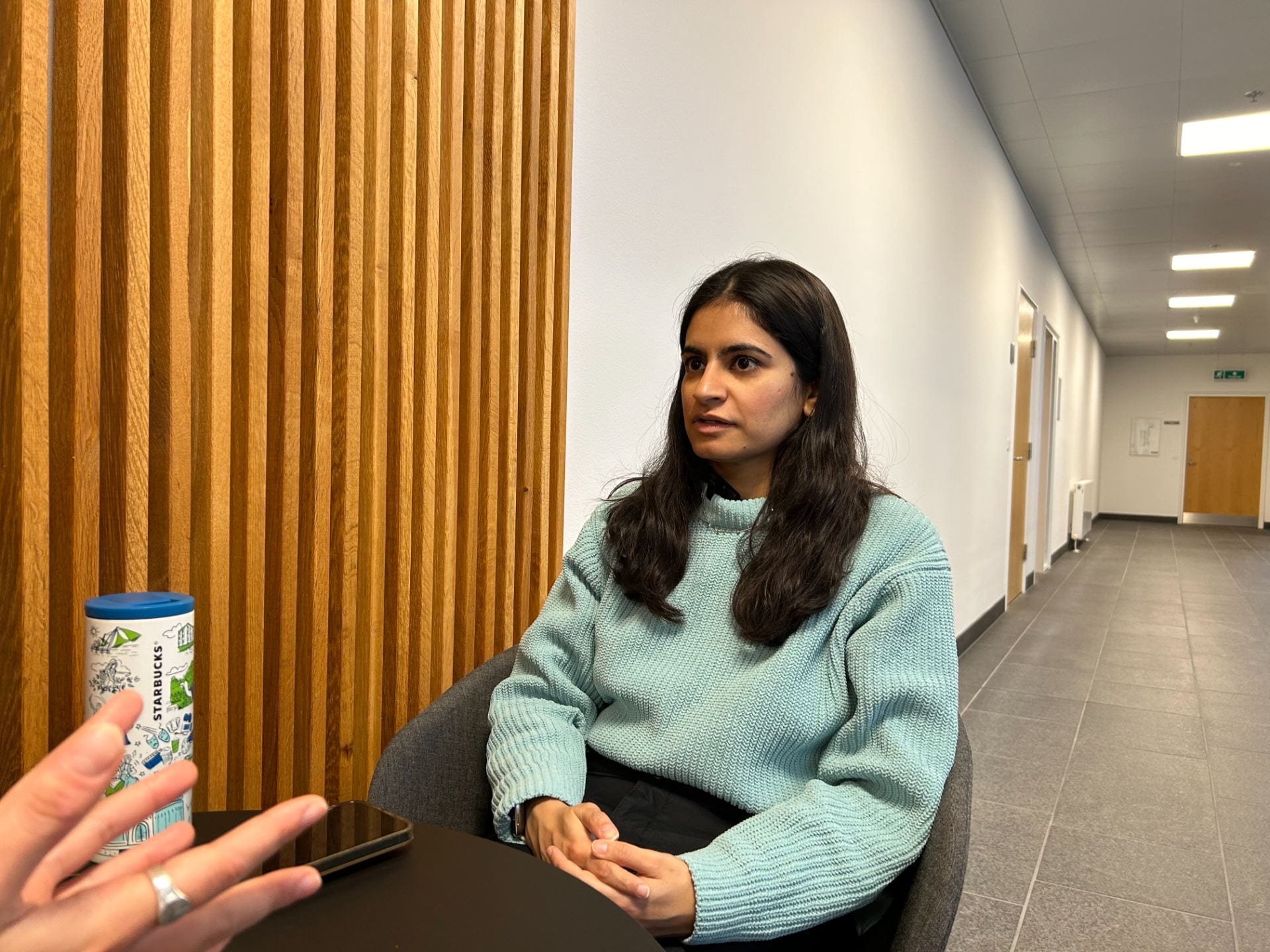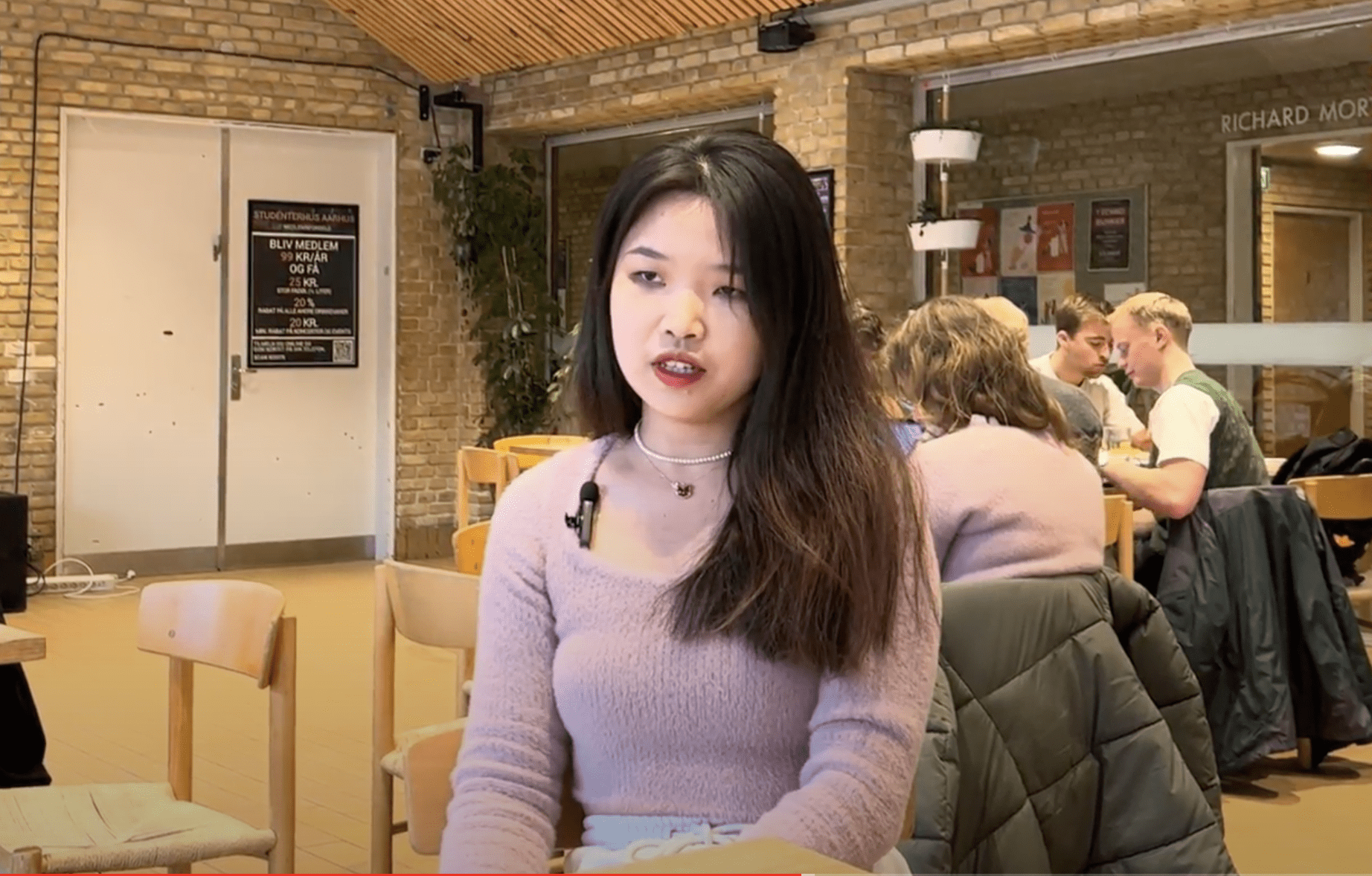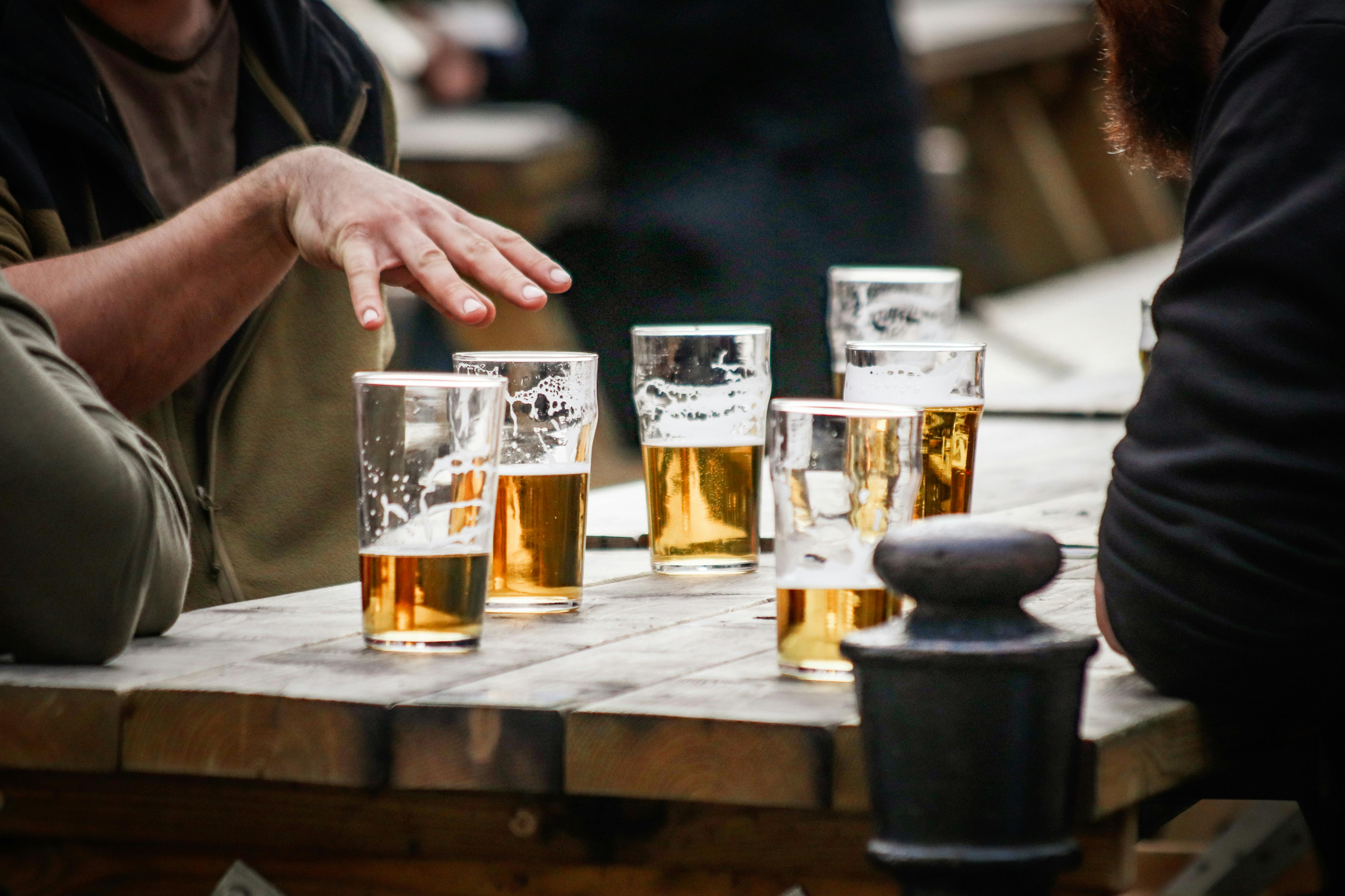Safety
How Safe are Denmark’s Streets?
Revealing the Realities of Women’s Sense of Security

Source: Norbert Braun / Unsplash
“In Denmark, everything has to be perfect. And you know, women are not insecure, because Denmark is a safe country compared to other countries. But that doesn’t change the fact that bad things happen here too.”
On a cold Wednesday afternoon in Aarhus, Denmark, snow started falling down in wet icy clusters, making what started as a winter wonderland feel more dangerous than it first seemed. As many Danes do in this weather, we battled the elements to speak to Apeksha, a 32-year-old travel writer from India. Embarking on her master’s degree in September, she is relatively new to Aarhus.
Growing up in India, Apeksha thought Denmark would feel like a safe country in comparison.
“In India, I wouldn’t venture out at night. I wouldn’t do any of these things that I do here. I would not leave my house without my car or my driver or something like that. We don’t take public transport. I don’t take public transportation at night for sure. Here I thought things would be different because it’s a Scandinavian country.”
In October this year, Denmark was ranked by the Women’s Justice and Peace Index, as the best country to be a woman. This was based on a number of factors, including employment, access to the legal system, and safety. However, Apeksha and the other women we spoke to don’t always feel safe on the streets of Aarhus, Denmark’s second-biggest city. She tells us of an encounter that changed her perspective on safety here.
Apeksha speaking to us at Aarhus University
“So some friends and I were having dinner together at my friend’s house on a Sunday. And then we thought, ‘Oh, let’s go to the city centre. It’s going to be nice.’ It was around 10:30 PM, maybe 11 PM. So we went there and it was completely empty. And just the night before I was there, it was completely packed with people and so much was happening.”
“But that day it was completely empty. There was nobody around. I think there were a couple of bars that were full but otherwise just nobody around the area. So we evolved a little bit thinking ‘we’re safe. Denmark is supposed to be safe, Aarhus is a safe city.’”
But what happened that night changed Apeksha and her friends’ sense of safety in Denmark when they had an encounter with some men who had been drinking.
“So we were just walking around and there were a bunch of guys. I think they were two groups, or they were individual people who just came together and they saw us walking and then they chased us. And there was nobody around. We saw them making gestures, and saying something. I don’t know if it was Danish but we did hear a couple of words. We started walking very briskly and they came after us, so we started running.”
At this point, she started to think about getting her and her friends to safety.
“I saw this one bar that was open. I could see some people by the window and I was like ‘Let’s just go there and stand in front of the window just in case,’ since we’ve before figured out where we need to go just to be safe. So we went there and we stood right outside the window where we could see people and people could see us. Then those guys disappeared.”
Denmark’s relationship with alcohol
A US study published in 2016 shows that event-based research suggests that alcohol may be involved in upward of 50% of male-to-female aggressive episodes, including homicides as well as physically and sexually aggressive offences.
The paper also indicated that acute alcohol use may be associated with an increased risk of aggression during specific interactions.
Harassment cases in Denmark seem to not be isolated incidents, but Apeksha’s testimony appears to be emblematic of a much bigger problem. A study by the EU Agency for Fundamental Rights (FRA) in 2014 that included 42,000 women in the EU showed that Denmark was leading the ranks in almost every parameter when it comes to violence against women.
Compared to the EU average of 33%, around 52% of Danish women said they had been victims of physical or sexual violence, and 37% stated that they had been a victim of sexual harassment in the year prior to the survey.
The report also highlighted that the “more dominant an alcohol culture a country has, the higher the level of violence against women”.
Denmark has an interesting relationship with alcohol, to say the least. According to the Danish Health Authority, there are almost 3,000 alcohol-related deaths in Denmark every year, corresponding to approximately 6% of all annual deaths in Denmark.
Physical and/or sexual violence by a partner or a non-partner since the age of 15*
The chart shows, by EU Member State, the percentage of women who answered ’Yes’ when asked about ’Physical and/or sexual violence by a partner or a non-partner since the age of 15*’.
- The countries with the highest percentages for this answer category are Denmark, Finland, Sweden.
- The countries with the lowest percentages for this answer category are Poland, Austria, Croatia.
Shixuan, a master’s student from China, has been living in Denmark for a year and a half. Since moving here she has been surprised by the Danish drinking habits. “I think everything changes when people are drunk,” she tells us from the relative comfort of the student cafe.
She has, in general, felt a sense of safety while living in Denmark. “I’m really satisfied with the security level. I even have no problem walking alone at night, at midnight or 1 AM.”
Like Apeksha, the only time she hasn’t felt safe was after an encounter with a drunk Danish man. “There was a drunk guy at the city centre that just randomly jumped in front of us and tried to crash into us as we passed by. But we were lucky that it wasn’t late at night and there were so many people around so we didn’t panic.”
Shixuan speaking with us a the student cafe
The Index is divided into three main categories of how it assesses women’s access to rights in each country. It includes a ‘Security’ section, where it measures security and safety in a number of ways. One of which is community safety, which uses data from the Gallup World Poll. It is based on the percentage of women (and girls age 15 and above) who responded “Yes” to the question “Do you feel safe walking alone at night in the city or area where you live?”.
The Gallup World Poll says that it uses random sampling and conducts its research in Denmark via telephone interviews in Danish. This method of sampling doesn’t traditionally take into account the demographics of the sample, such as race or country of origin. It also misses anyone living in Denmark who doesn’t have a Danish phone number.
This leaves sufficient gaps in polling, especially concerning women new to Denmark. And is this the only parameter for women feeling safe within their community?
Neither the Gallop World Poll nor the index investigated safety in relation to alcohol consumption.
Source: Boys in Bristol Photography/ Pexels
But how do Danish women assess the situation? Sif from Aalborg, Denmark, states: “I think a lot of Danes want to think that [Denmark] is very secure and nice. And safe, you know, at night. And to some extent, it is. But I also think that people kind of suppress the fact that there’s just a lot of bad things going on.”
She talks about incidents in her hometown of Aalborg where girls were drugged in a certain club and cases where women were followed by cars at night. Just recently, she tells us, she and her friends accompanied a girl home who said was being followed by several men in a car. “The girl was very uncomfortable. And I think that maybe it was an ex-boyfriend or boyfriend. The whole thing just seemed very off”, Sif explains.
She also had bad experiences herself, the student says: “Yes, I think I’ve had bad experiences. But I think I also kind of depress them and try to forget about it. And I definitely always feel some kind of discomfort when I am out.”
In general, she would feel safe in Aarhus. “But it’s also because I feel like I’ve grown up and learnt how to stay safe.” Letting friends know when you are arriving home, walking in groups, activating the Find my iPhone function – these are strategies that she is using when walking home at night.
Sif thinks that also alcohol is a factor that has a major impact when it comes to women’s perception of safety: “I think alcohol adds a layer to it because people lose their basic manners. And they kind of lose their self-restraint.” Nonetheless, alcohol in her opinion is just an amplifier.
The fundamental problem is the way men treat women: “I think in general, men just treat women really poorly.”
When asked what she thinks needs to happen for something to change, she says: “I think the whole discourse about going out and the way men approach women has to change.” Men are still not aware of how often women feel unsafe. “I was talking to my male friend the other day and he asked: ‘Do you ever feel unsafe?’ I replied, yes, all the time. And he was very surprised,” Sif states.
She concludes: “In Denmark, everything has to be perfect. And you know, women are not insecure, because Denmark is a safe country compared to other countries. But that doesn’t change the fact that bad things happen here too.”
Source: Stefan Grage/ Pexels
Apeksha reiterates this idea that Denmark isn’t perfect, the encounter still staying with her months after it happened. “Right now I’m still not over the whole incident. I’m like ‘Maybe it’s not that safe, as you may think.’ Just because people don’t get murdered here or raped here doesn’t mean that it’s safe for women.”
However, she acknowledges that women feeling unsafe is not a problem unique to Denmark. “You can’t really say any country is completely safe because people are the same everywhere.” She notes that especially as a woman of colour, she feels more susceptible to harassment. “I don’t think as a person of colour, I can change my experiences because I experience a lot of racism. It’s possible that there are also fewer people of colour here, and that’s why [these men] did it.”
Unfortunately, there is nowhere where Apeksha would feel completely safe. “I just don’t think I’ll feel 100% safe anywhere – other than an island in the Maldives.”



